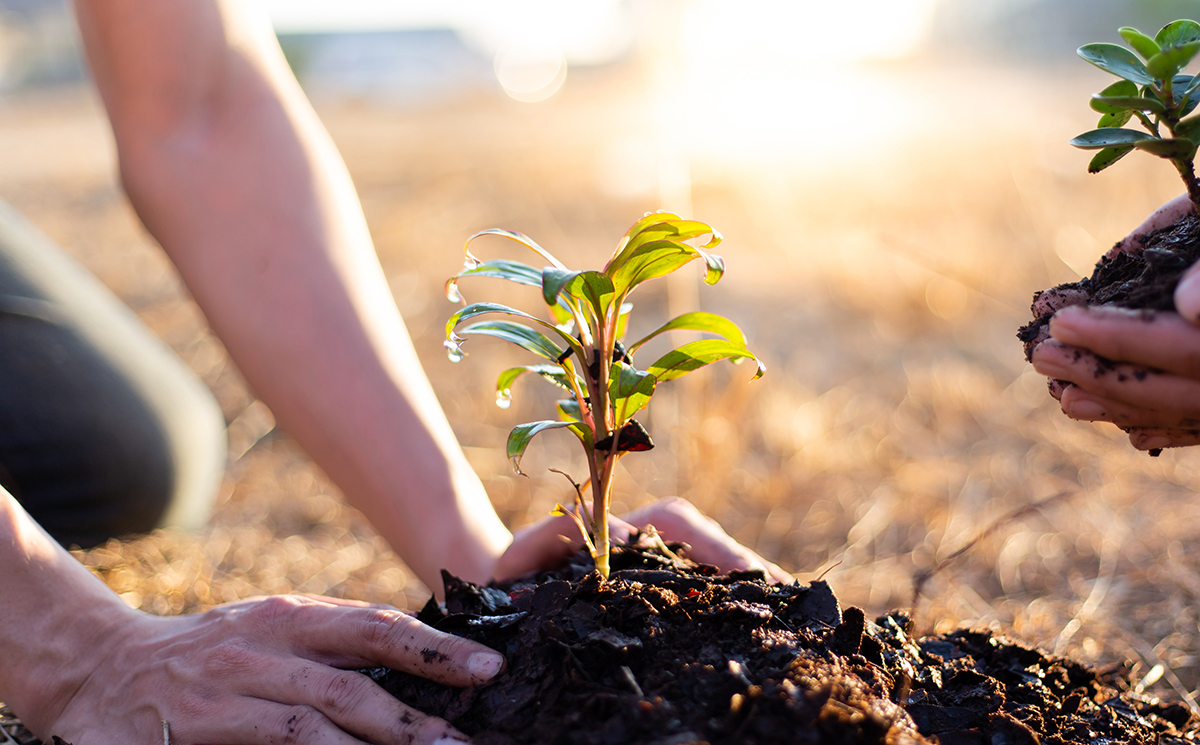According to the National Forest Foundation, wildfire accounts for a staggering 80 percent of restoration needs on our National Forests.
But not all fire is bad. Some wildfires are relatively low severity and beneficial for a given forest type requiring little to no human intervention. Still, many landscapes affected by severe fire will require reforestation.

Many private landowners, volunteer organizations and other groups plant seedling trees to reforest areas burned by Colorado wildfires. It’s important to only plant seedlings that are likely to thrive on the planting site, based on shade requirements, spacing concerns, soil type, and more. A Colorado State Forester can offer suggestions for the best species to plant for your property or community.
But before heading out into the field to plant, the Colorado State Forest Service recommends that everyone stay safe with the following safety precautions:
Safety Tips:
- Never enter burn areas on windy days. Cancel the work if high winds are predicted.
- Assume that every tree in a burn area is a hazard tree.
- Move with caution. Steep, barren slopes in burned landscapes can be difficult to navigate.
- Badly burned hillsides may not effectively absorb rainwater increasing the chance of mudslides, rolling and sliding logs, rocks and other debris, and high volumes of running water.
- Do not approach within 5 feet of electrical wire, fences, man-made structures or other physical property on the site.
- Anyone working in a burned area should wear a hard hat, leather gloves, sturdy hiking boots, eye protection, long sleeve shirt, and long pants

